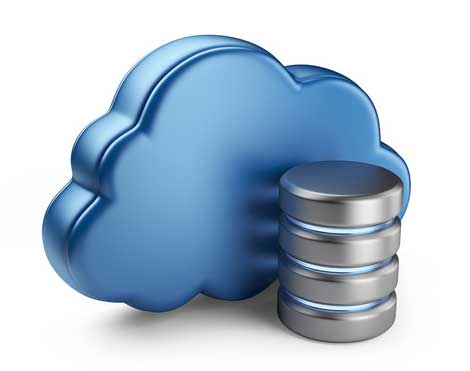Controlling Big Data and the Cloud – A Look at Object Storage and HP
Learn how HP ProLiant servers create a comprehensive and cost-effective object storage solution to address an organization’s next-generation scale-out storage and business needs.

Explosive data growth, expansion of big data and unstructured data, and the pervasiveness of mobile devices continually pressure traditional file and block storage architectures. Businesses are exploring emerging storage architectures in hopes of providing cost-effective storage solutions that keep up with capacity growth, while also providing service-level agreements (SLAs) to meet business and customer requirements.
But what kind of system can handle this much data? What type of server, storage, and hardware platform can control and manage open-source data and cloud systems like Ceph and OpenStack?
Object storage software solutions are designed to run on industry-standard server platforms, offering lower infrastructure costs and scalability beyond the capacity points of typical file server storage subsystems. In this whitepaper, you’ll learn how HP ProLiant servers create a comprehensive and cost-effective object storage solution to address an organization’s next-generation scale-out storage and business needs.
What are the benefits?
Support for petabyte scales and billions of objects
Lowers upfront solution investment and total cost of ownership (TCO) per gigabyte
Provides enterprise-class infrastructure monitoring and management
Does not require cluster software licensing as the cluster is scaled
Uses open source, minimizing concerns about vendor lock-in, and increasing flexibility of hardware and software choice
Direct integration with open source technologies like Ceph and OpenStack
Download this whitepaper today to learn how the combination of HP, OpenStack, Ceph and object storage create a powerful model capable of data elasticity, information control and direct cloud integration. Most of all, learn how to create an architecture which enables a next-generation storage solution, thereby freeing your storage environment from traditional limitations.
About the Author
You May Also Like









